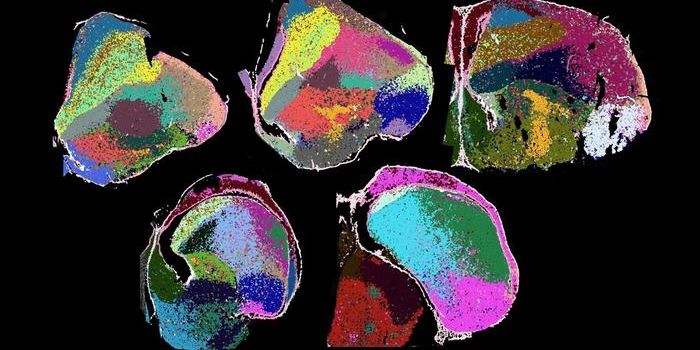The Importance of Sleep Hygiene in Potentially Preventing Alzheimer's Disease
In a recent cohort study, researchers investigated the intricate relationship between sleep patterns, 24-hour activity rhythms, and amyloid-beta (Aβ) pathology among 319 participants from the Rotterdam Study. The study published in the Journal of the American Medical Association: Neurology aimed to identify whether disrupted rest-activity rhythms (sleep patterns) could serve as an early indicator or risk factor for Alzheimer's disease (AD) pathology, particularly in the context of the APOE4 genotype, a well-known genetic risk factor for AD.
The sample included 319 individuals, nearly half of whom were female, with a mean age of 61.5 years at the baseline sleep assessment and 69.2 years at the time of PET imaging. Over an average follow-up period of 7.8 years, the study assessed the participants' 24-hour activity rhythms using actigraphy, a non-invasive method of monitoring human rest/activity cycles. Notably, 28.2% of the participants were APOE4 carriers, and 15.4% had a positive Aβ status, indicative of early AD pathology.
One of the key findings of the study was the significant association between higher variability, a measure of within-day fragmentation of activity rhythms, and increased Aβ pathology.
Dr. Neitzel, one of the study's principal investigators, told MedPage Today, "When we excluded participants with a positive Alzheimer's blood test at baseline, we still found an association between higher 24-hour rest-activity rhythm fragmentation at baseline and Alzheimer's PET burden at follow-up. This suggests that fragmentation is likely to be a risk factor, rather than a result, of Alzheimer's disease pathology." This statement highlights the potential for disrupted rest-activity rhythms to possibly contribute to the development of Aβ pathology, rather than just being a consequence of the disease.
They also explored the modification effect of the APOE4 genotype on the relationship between rest-activity rhythm fragmentation and Aβ pathology. The results indicated a significant interaction, with the association being markedly stronger in APOE4 carriers compared to non-carriers. The implications of these findings are profound, as they suggest that interventions aimed at stabilizing and improving rest-activity rhythms could potentially serve as a preventive measure against the development of Aβ pathology, particularly in high-risk populations such as APOE4 carriers. This opens up new avenues for research and clinical practice, emphasizing the importance of monitoring and managing circadian rhythms as part of a comprehensive approach to AD prevention.
This study provides compelling evidence that disrupted 24-hour activity rhythms are associated with increased Aβ burden years later, particularly in APOE4 carriers. By highlighting the potential of rhythm disturbances as an early risk factor for AD, it underscores the need for further research and targeted interventions aimed at maintaining healthy circadian rhythms.
Sources: Journal of the American Medical Association Neurology, MedPage Today








